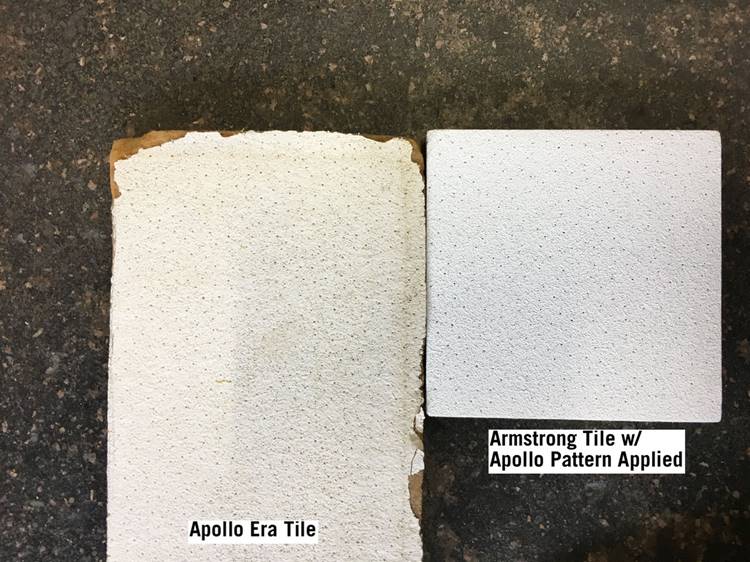HOUSTON – Restoration of NASA’s Apollo Mission Control Center (MCC) will get underway this fall, thanks to a $5 million fundraising campaign spearheaded by the nonprofit Space Center Houston, which is partnering with the Advisory Council on Historic Preservation (ACHP) to administer the funds.
Since being decommissioned in the 1990s, the Apollo MCC–a National Historic Landmark housed within the Johnson Space Center (JSC) in Houston–was assigned “threatened” status by the National Park Service in 2015. The predicament led Gene Kranz, flight director for the famed Apollo and Gemini missions in the 1960s, to ask ACHP Chairman Milford Wayne Donaldson for the ACHP’s assistance in restoring the Apollo MCC.
NASA and its partners aim to renovate the Apollo MCC to its late 1960s state in time for the celebration of the 50th anniversary of the first moon landing in July 2019. As part of the work, the Mission Control consoles will be reanimated to represent the Apollo 15 mission configuration and adorned with an array of personal items and replicas of authentic documents to recreate the historic scene setting. The restoration effort, which affects multiple spaces within the Apollo MCC, will be conducted in accordance with the Secretary of the Interior’s Standards for the Treatment of Historic Properties and coordinated with the Texas Historical Commission, the state authority for historic preservation.
The space agency is not currently authorized by law to accept private contributions dedicated to specific projects, such as the Apollo MCC restoration. Thus the private funding has been secured by Space Center Houston and will be administered by the ACHP. The funding will be phased in over a period of 23 months. The nonprofit Space Center Houston is a leading science and space learning center and official visitor center for the JSC. The ongoing campaign has raised more than $4 million, including $3.5 million from the City of Webster, Texas.
The ACHP is authorized to administer the donation through 1976 amendments to the National Historic Preservation Act, which was signed into law by President Lyndon Johnson in 1966. An Executive Order signed in 2003 by President George W. Bush directs the ACHP to use its donation authority to assist other federal agencies in the preservation of historic properties. The NASA award is the first such use of the authority to date.
“The donation for work at the Johnson Space Center represents an excellent example of how public-private partnerships, such as that between the City of Webster, Space Center Houston, NASA, and the ACHP, can help preserve some of the sites most important to telling our nation’s story,” Donaldson said. “We hope other federal agencies will explore these types of partnerships for properties in their inventories that are in need of saving.”
For more information about NASA and agency programs, visit www.nasa.gov.
